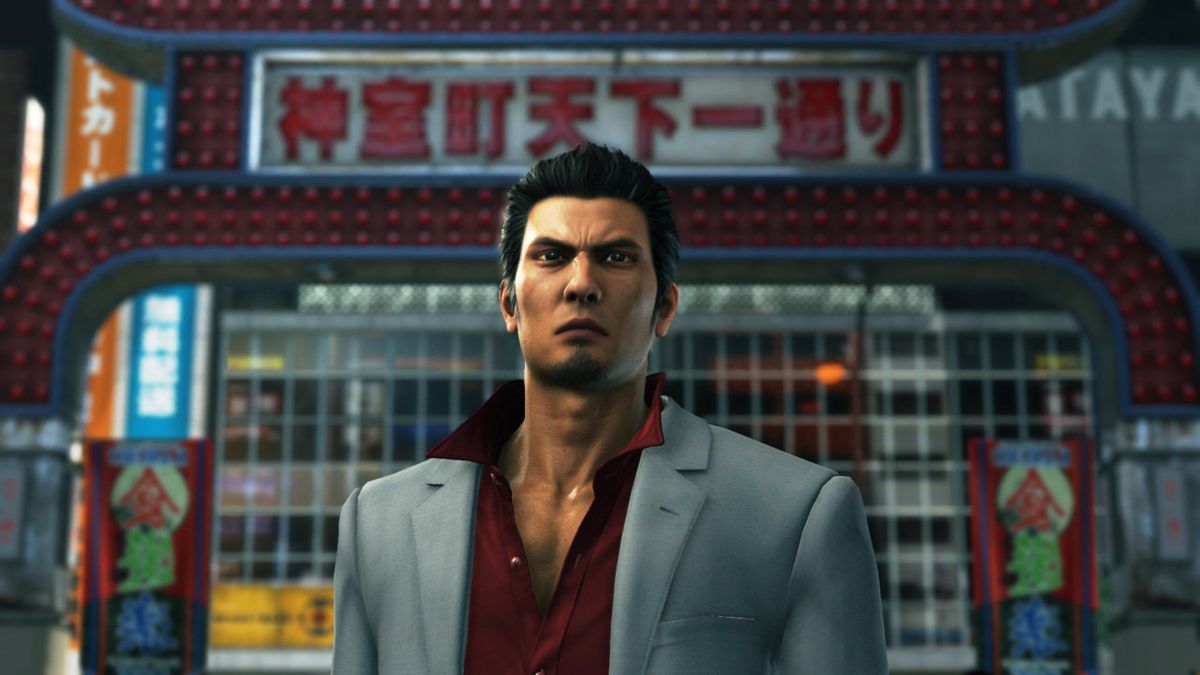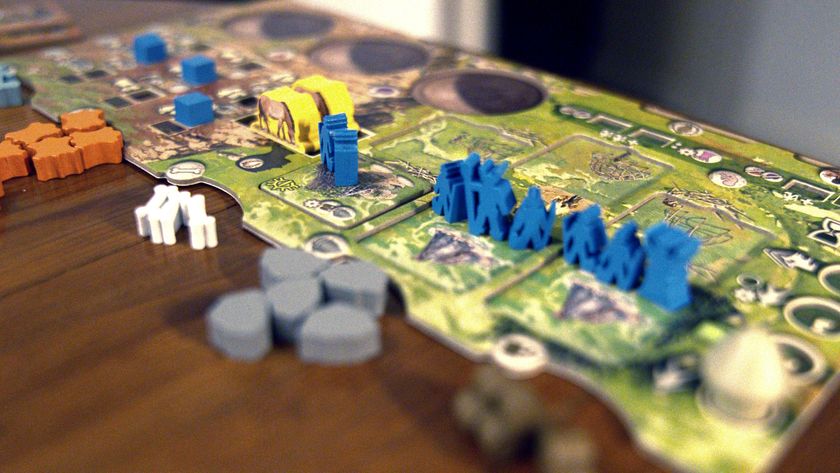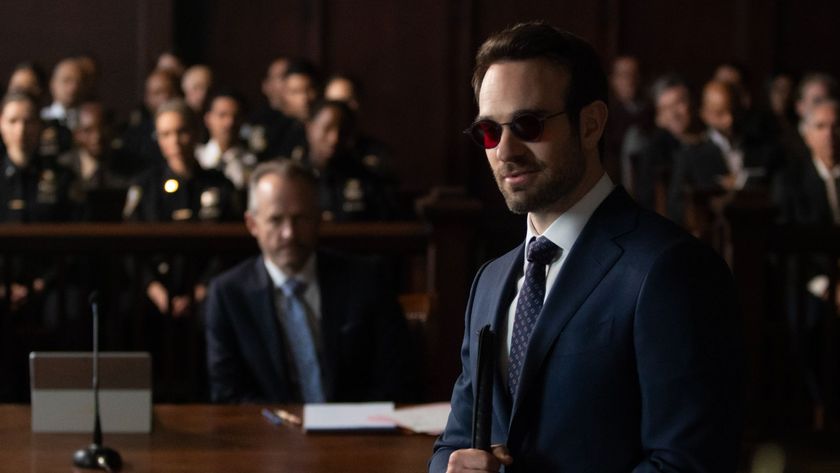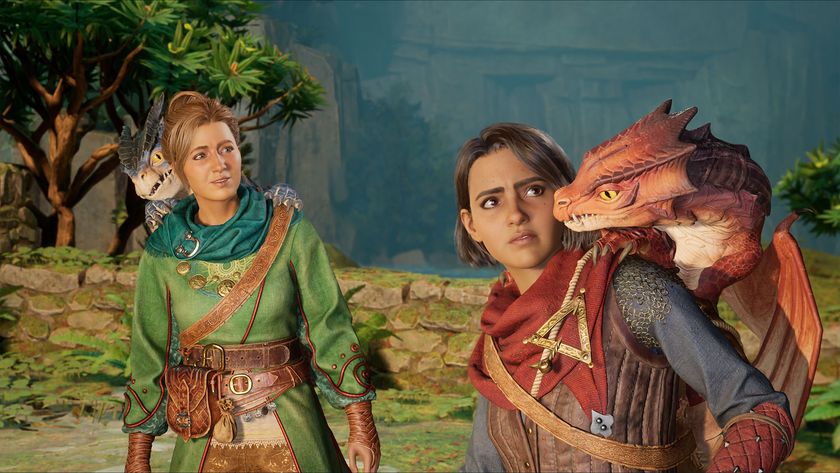12DOVE Verdict
A touching finale for Kazuma Kiryu, Yakuza 6 manages to surprise and delight in equal measure.
Pros
- +
A mature, cinematic story told with sophistication and poise
- +
The Dragon Engine breathes new life into contemporary Japan
- +
Side-activities are richer and more rewarding
Cons
- -
Streamlined combat might feel like a downgrade for some
Why you can trust 12DOVE
It’s curious that what will be the first Yakuza game for many is also the last for longtime series protagonist Kazuma Kiryu, making Yakuza 6: The Song of Life a new introduction and final farewell for the character all at the same time. But balancing these kind of contradictory tones has always been something Yakuza has excelled at, whether it’s juxtaposing serious storytelling with screwball side quests or interspersing its astute focus on virtual tourism with frequent bouts of theatrical fistfights.
Yakuza 6 handles these tonal and mechanical fluctuations as competently as any Yakuza game before it, but it also takes the series to new, memorable heights by providing the most accessible Yakuza experience yet while simultaneously authoring a heartfelt, satisfying send-off to its central star.
While last year’s Yakuza 0 prequel provided an ideal access point for those unfamiliar with the franchise, Yakuza 6 takes place at the polar end of Kazuma Kiryu’s life, who is now reeling from the events of Yakuza 5 after a three year stint in jail.
If you’ve only played Yakuza 0, or not even that, the idea of jumping into the sixth game in the series might sound like a terrible idea, like hitting play on Breaking Bad’s season 5 finale having only just watched the pilot, but Sega has gone out of its way to make sure this is a story that will resonate with newcomers and Yakuza loyalists alike.
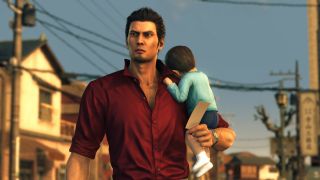
It’s a mostly self-contained mystery caper that begins with the disappearance of Kiryu’s surrogate daughter, Haruka Sawamura, and spirals into something much bigger and richer, but loyal fans will still be able to appreciate the appearance of familiar faces and subtle callbacks to previous games.
After Yakuza 0 indulged in the lavishes and opulence of 1980’s Japan during its economic boom, The Song of Life is a much more sedated and restrained chapter, as an older, world-weary Kiryu is a man out of time who just wants to save his family, even if that means tussling with a new generation of Yakuza that speak exclusively in the language of violence.
Big trouble in Little Asia
Sega has proven time and time again that it's capable of crafting electric crime thrillers with each Yakuza instalment, but the writers have admirably challenged themselves with The Song of Life to tell a more personal, intimate meditation on family, legacy, and love, as Kiryu’s quest for peace takes centre stage while the familiar themes of criminality and underworld politics take a supporting role to the narrative. I’ve laughed, cheered, and gasped with Yakuza games before, but I never expected Yakuza 6 to be so personally affecting in its understated profundity.
It’s not just the story that’s been tastefully mellowed for Yakuza 6, either. Sega dials down the madness across the board, with only one playable character and battle style, fewer mini games and (slightly) more realistic substories. Don’t worry; this is still a Yakuza game with plenty of fun, hilarious things to see and do, but the deliberate focus on Kiryu’s sober valediction is felt across all aspects of Yakuza 6, and absolutely pays off for the player who sticks with this redirection.
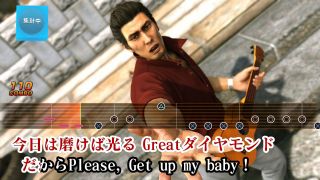
While there are fewer mini games available than in Yakuza 0, for example, Sega makes up for that reduction with greater gameplay depth. The Clan Creator and Batting Cages side activities, in particular, are almost games unto themselves, requiring skill, concentration, and commitment to progress through their rewarding modes of play. Otherwise, arcade experiences like Virtua Fighter 5 Final Tuned, spearfishing, and - of course - the karaoke, all stand out as some of the best distractions Yakuza 6 has to offer.
"I never expected Yakuza 6 to be so personally affecting in its understated profundity."
Side quests are also as delightful as ever, memorable for their inventive use of the contemporary setting and the fact that every conversation is now fully voice acted, which makes a world of difference for enhancing the production value of these micro narratives. What might have been a forgettable encounter with a young Haruka Sawamura fan, for instance, transcends into one of Yakuza 6’s most emotionally powerful scenes thanks to the performance of its actors, who are able to channel Sega’s sharp script with the same dramatic punch as the cutscenes found in the main story.
The fictional Tokyo district of Kamurucho has been a key setting for Yakuza since 2005, but Sega’s urban hub still impresses as an exemplary use of compact space, and the new Dragon Engine makes the city shine as brightly as the detailed character models and rich tonal colour palettes.
But Yakuza 6 also takes Kiryu to a rare, new setting for the series; the sleepy fishing town of Onomichi Jingaicho. It’s easily one of the best additions to the game, offering a welcome respite to the bustle and hustle of Kamurucho, with sun-kissed scenery perfect for capturing via your mobile phone’s neat new camera feature.
Fighting talk
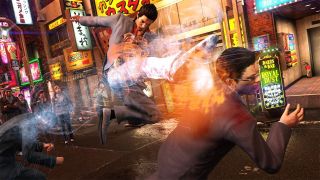
Meanwhile, Yakuza’s signature combat has been compressed into something purer and more streamlined for Yakuza 6, as the focus on Kiryu means there’s now only one Battle System to contend with, as opposed to the five featured in the game’s predecessor, Yakuza 5. That’s okay, though, because these cutbacks to variety are made for the sake of gameplay fluency.
Despite being now in his mid 50s, Kiryu has never been better at brawling, capable of pulling off dozens of environmental takedowns and combos that showcase some of the best action choreography seen since Batman: Arkham Knight. The gameplay depth this time derives from the new and improved Heat Mode, which allows Kiryu to build up his energy before unleashing it to gain access to new moves and powers.
It’s an enjoyable form of improvised resource management that really comes into its own as you continue to level up through the fast and straightforward progression system, and you’ll still never get tired of the ability to body slam a gangster with a bicycle.
All of this comes together brilliantly during the mini boss fights that frequently appear throughout the story, where the narrative scale, frenzied visuals, and gameplay excellence marry in an explosion of riotous action, making for some of Yakuza 6’s best moments. This is as close to a video game adaptation of The Raid as you’re ever going to get.
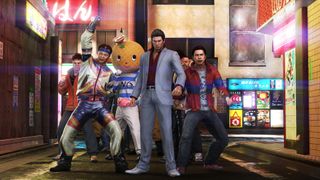
Most games abide by the ‘bigger is better’ mantra when it comes to making a sequel, but Yakuza has never been one to follow the mould. Instead, The Song of Life reigns everything in for a leaner, more concentrated experience that’s welcoming to all kinds of players, even as it offers a sense of closure and satisfaction to longtime supporters of the series.
As a parting paean for its lead character, Yakuza 6 is sweet, sagely, and surprisingly subtle in its storytelling. As a culmination of over ten years of Yakuza games, it’s also just as crazy and comical as you’d expect. The fact that it successfully pulls off both of these ambitions is The Song of Life’s crowning achievement.
More info
| Genre | Adventure |
I'm GamesRadar's Features Writer, which makes me responsible for gracing the internet with as many of my words as possible, including reviews, previews, interviews, and more. Lucky internet!
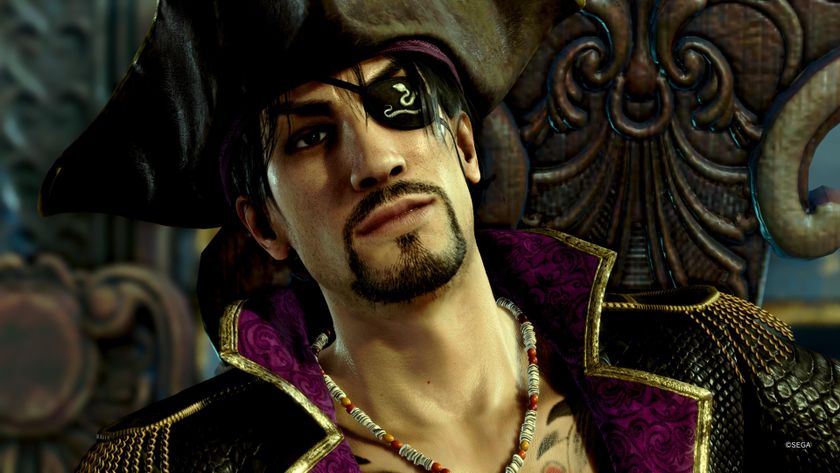
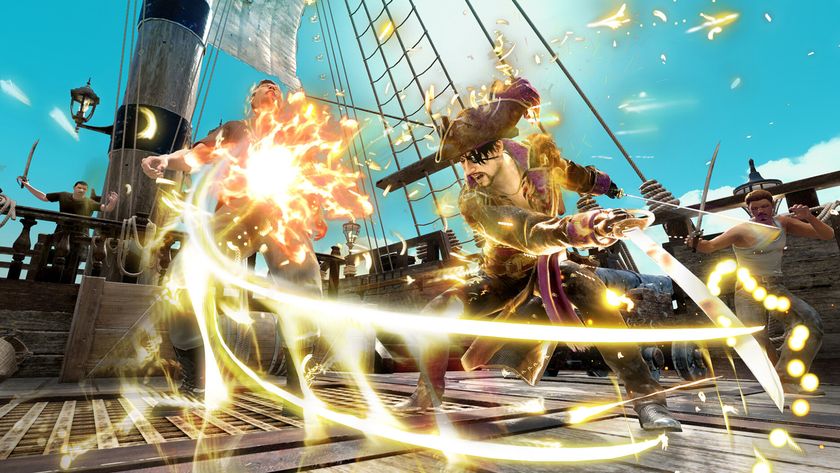
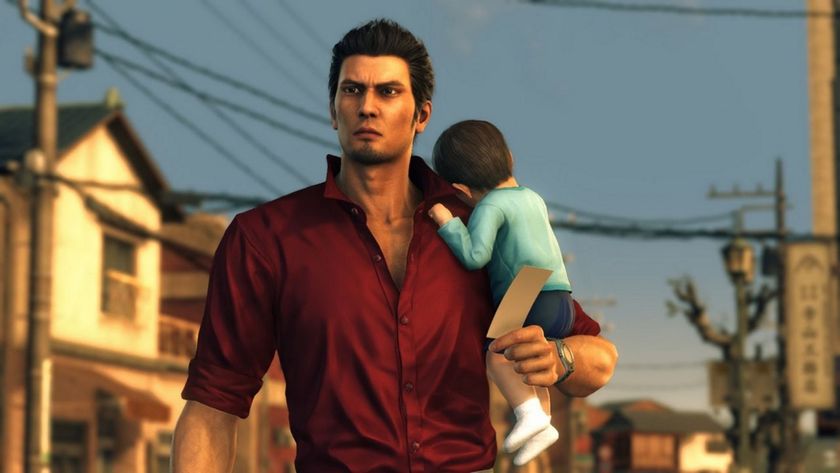
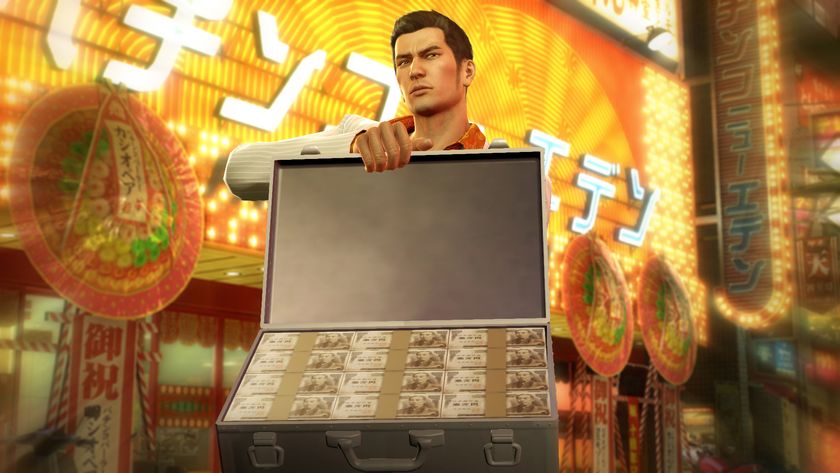
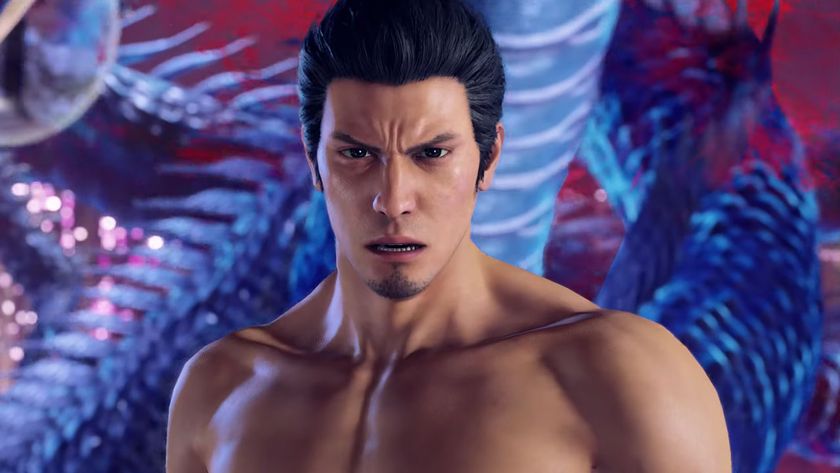

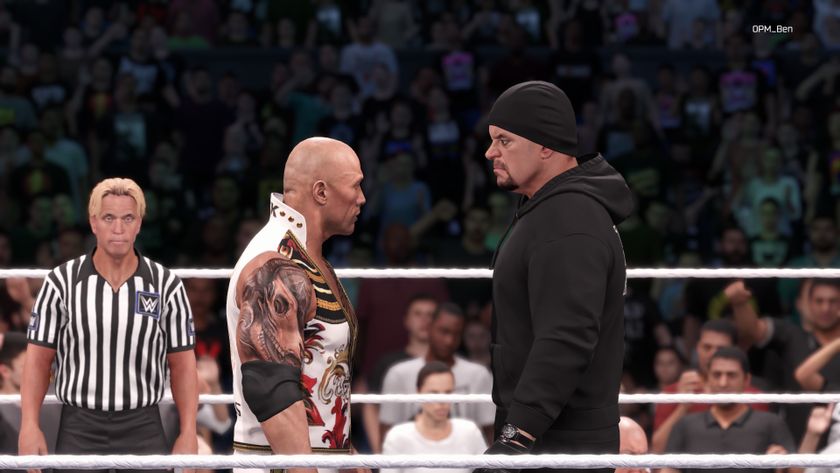
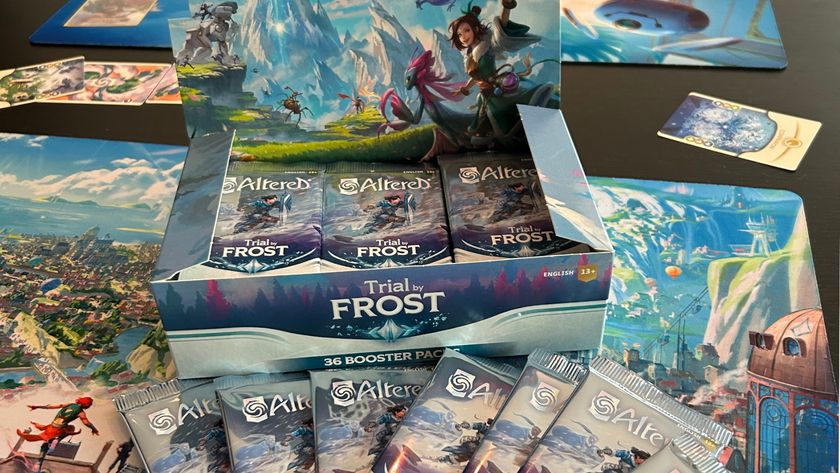
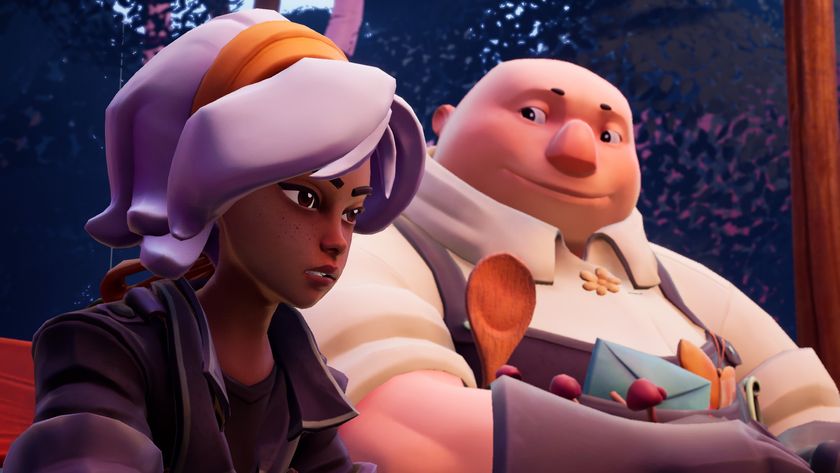
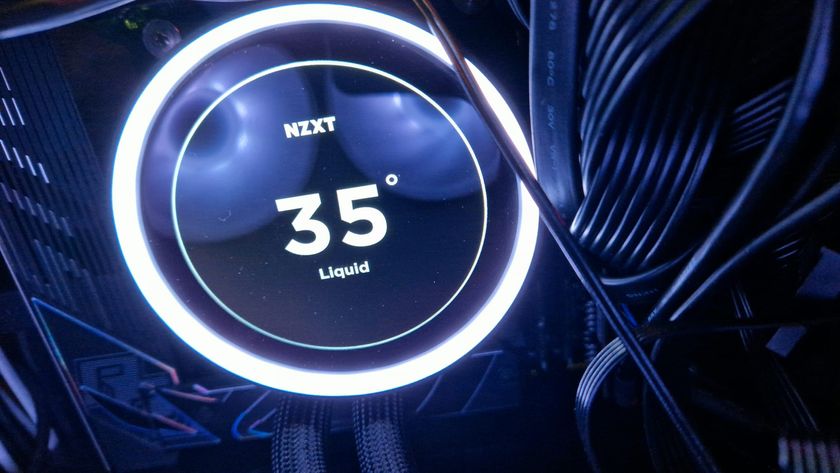
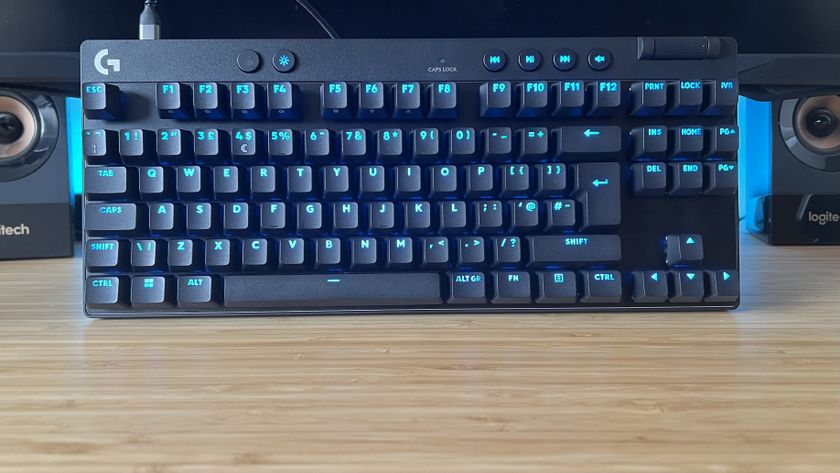
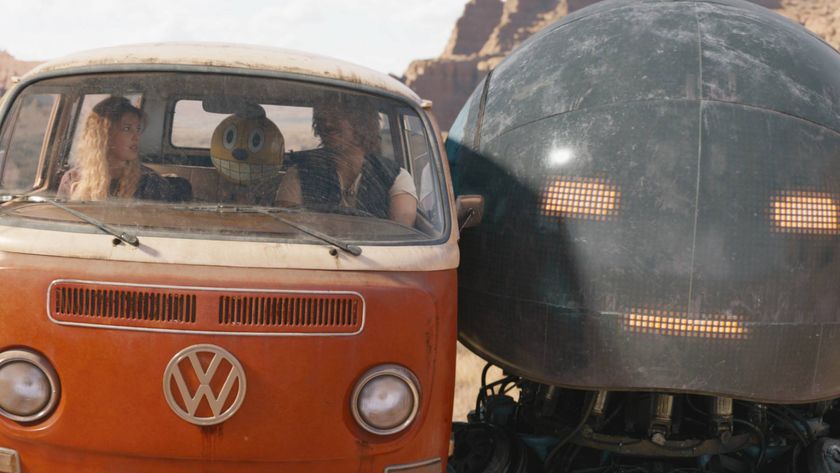
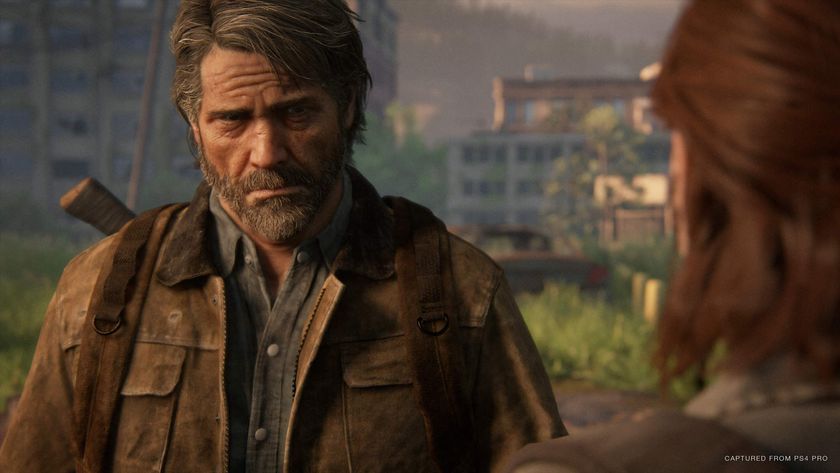
The Last of Us creator Neil Druckmann sounds like he's contemplating the end of his career: "When is it time to stop?"
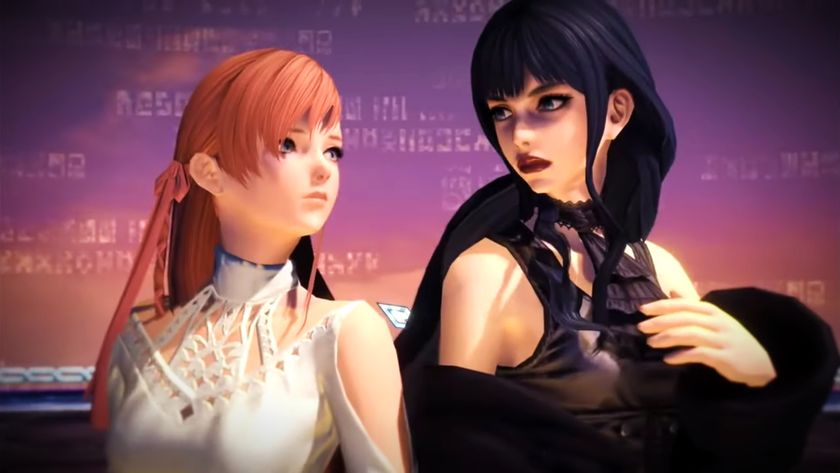
As Final Fantasy 14 raiders tear through the MMO's hardest duty with no healers and then no tanks, the community can only see this going one way: "Now it's time to clear without DPS"

The rumored Xbox handheld isn't what you think, and I'm hoping it'll solve my Windows 11 problems
